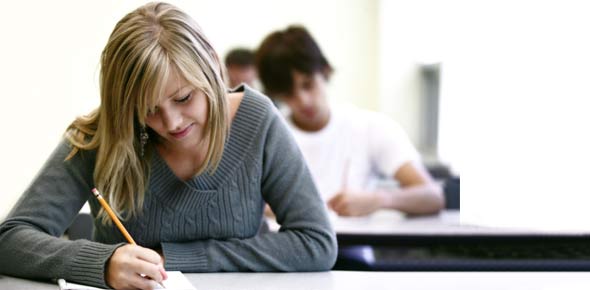The _______ was a musical instrument used in minstrel shows and became...
The Delaware creation story references a ___________ rising up out of...
______ ________, was a film noir fiction writer from...
______ _______ thought of Philadelphia as a "holy...
The _____________ was a patented English process, an alternative to...
In the early 19th century, Charles Willson Peale’s Philadelphia...
The famous painting, _______ _______, by Thomas Eakins was...
What is the name of the particular literary setting in...
Surveyor, ______ ________ took years to provide his long-awaited...
Benjamin Henry Latrobe was the U.S.’s first professional...
The ________ Museum in Doylestown, named for its founder contains more...
_________ ________was a French architect and urban planner who...
______ ______ was a Quaker statesman, book collector and a member of...
On May 17, 1838: an anti‐Abolitionist mob burned the recently...
________ ________ was named one of the Best Parks & Plazas by...
______ _____, was an artist who was inspired by anatomy...
The first historian of Philadelphia photography was the retired...
George Lippard was a 19th century writer and founder of the...
From Charles Santore (p 40) “…In Colonial America the popularity...
A 1712 arrival from _________, Gustavus Hesselius painted portraits of...
The term _____ _______ refers to areas deemed...
__________ __________ was a popular Philadelphian author who was...
_____ ______was a Quaker reformer known for his theatrical...
When William Penn was 21 years old in 1665, London was hit by the...
"_____ _____ is a reflection of how we see the world—the artist’s...
______ ________ ______ studied under Thomas Eakins and created...
This American botanist and travel journal writer sketched birds,...
The _______________ process of printmaking, a relatively easy and...
On President Thomas Jefferson's instructions, _________ _______ was in...
________ ________ ________ was a cartoonist from the late 1820s...
_______ ________“was not only established as a permanent,...
During the Civil War and into the new century Philadelphia expanded...
The "trinity" of Philadelphia industry at the turn of the...
In 1876, the _______ _________the celebrated the 100th...
______ ______ was a architect from the Victorian era known for his...
_______ ________ was a business photographer hired by the...
Every year, starting in 1733, one out of every four people bought a...
Charles Brockden Brown’s 1799 novel, Edgar Huntly: Memoirs of a...
Who wrote the following lines:"The people here in this city are mostly...
The blue easy chair from 1770-1771, "considered to be the most...
The painting Penn's Treaty with the Indians was commissioned by Thomas...
Master wood carver _________ _______ was a prominent member of...
Why is the period 1876-1905 called Philadelphia’s “Iron...
Whose portrait did Gustavus Hesselius NOT paint?
What is the first line from George Lippard's The Quaker City?
John Moran practiced photography and wrote about the medium as:
Who was NOT an architect?
Who was NOT part of the original group of illustrators that would form...
Which architect believed architecture is about feeling and expression,...
What is Joseph Saxton best known for doing, specifically?
This Philadelphia photographer is known best for pioneering...
Which of the following artists was not a painter
Caleb Crain recounts in his historical summary of the events...
















